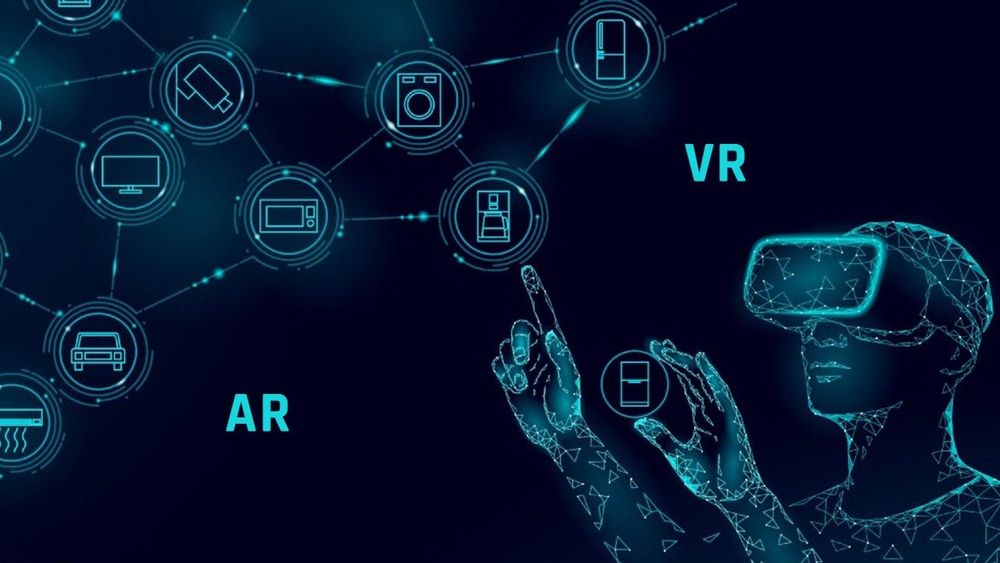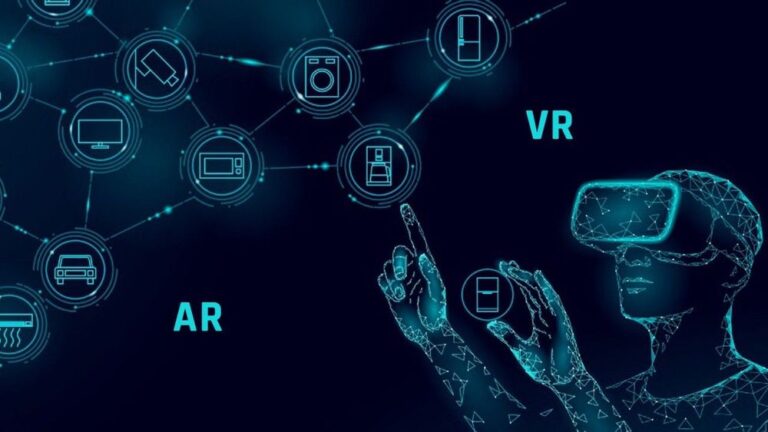
AR vs. VR: What’s the Difference and Why It Matters
In the rapidly evolving world of immersive technologies, Augmented Reality (AR) and Virtual Reality (VR) have emerged as two transformative forces with the potential to revolutionize everything from gaming and entertainment to education, healthcare, and enterprise solutions. While both technologies create interactive and digitally enhanced experiences, they do so in fundamentally different ways.
This article explores the key differences between AR and VR, their real-world applications, the industries they’re transforming, and why understanding the distinction is crucial for businesses and consumers alike.
What is Augmented Reality (AR)?
Augmented Reality (AR) is a technology that overlays digital content—such as images, sounds, and information—onto the real-world environment. Rather than replacing the physical world, AR enhances it by adding interactive elements through devices like smartphones, tablets, smart glasses, or heads-up displays.
Key Features of AR:
- Real-time enhancement of the physical environment
- Interactive and responsive to user input or location
- Requires less powerful hardware than VR
- Used in mobile apps, smart glasses, and heads-up displays
Examples of AR Applications:
- Snapchat and Instagram filters
- Google Lens for object recognition
- IKEA Place App for furniture visualization
- AR-based pedestrian navigation in Google Maps
What is Virtual Reality (VR)?
Virtual Reality (VR) is a fully immersive experience where users are placed inside a completely simulated environment. By wearing a VR headset, users are cut off from the real world and can interact with a 3D digital space using hand controllers, motion sensors, or eye-tracking systems.
Key Features of VR:
- Fully immersive digital environment
- Users are isolated from the real world
- Requires headsets like Oculus Quest, HTC Vive, or PlayStation VR
- Often needs powerful computing for realistic rendering
Examples of VR Applications:
- VR gaming like Beat Saber or Half-Life: Alyx
- Medical or pilot training simulations
- Virtual tours of museums or real estate
- Social VR platforms like VRChat or Meta Horizon Worlds
AR vs. VR: Core Differences
| Feature | Augmented Reality (AR) | Virtual Reality (VR) |
|---|---|---|
| Environment | Enhances the real world | Replaces the real world |
| Hardware | Smartphones, AR glasses | VR headsets and controllers |
| Immersion Level | Partial immersion | Full immersion |
| User Interaction | Digital overlays on reality | Interaction within virtual space |
| Mobility | High (portable) | Moderate (stationary setup) |
| Cost | Generally lower | Generally higher |
Why the Difference Matters
Understanding the difference between AR and VR isn’t just about terminology—it’s about identifying the right tool for the job. Each technology has distinct strengths and is suitable for different use cases:
1. Business Applications
AR is ideal for enhancing customer experiences—retailers use it to let customers try on products virtually. VR suits simulation-heavy industries like defense, manufacturing, or aerospace.
2. Education and Training
AR helps provide real-time data and interactivity for on-the-job learning. VR immerses users in a safe, controlled environment for complex conceptual or physical training.
3. Healthcare
AR can project patient data or guide surgeries, while VR is used in mental health therapy or for preparing medical students with lifelike simulations.
4. Entertainment and Media
AR powers real-time enhancements in sports or events. VR delivers 360-degree films, games, and experiences that take immersion to another level.
The Future of AR and VR
The rise of Mixed Reality (MR) and Extended Reality (XR) is blending AR and VR capabilities. Leading tech companies like Apple, Meta, Microsoft, and Google are creating headsets and platforms that support both. For instance:
- Apple Vision Pro offers a spatial computing experience that mixes AR and VR.
- Meta Quest supports AR passthrough and VR gaming.
- Microsoft HoloLens focuses on enterprise AR use cases.
As these tools evolve and become more accessible, businesses and users alike will benefit from smarter, more immersive experiences that enhance both productivity and play.
Conclusion
Augmented Reality enhances your world. Virtual Reality immerses you in a new one. Both are shaping the digital frontier. Understanding their differences enables smarter investments, better user experiences, and a clearer path toward innovation in a world that’s rapidly merging physical and digital realities.


